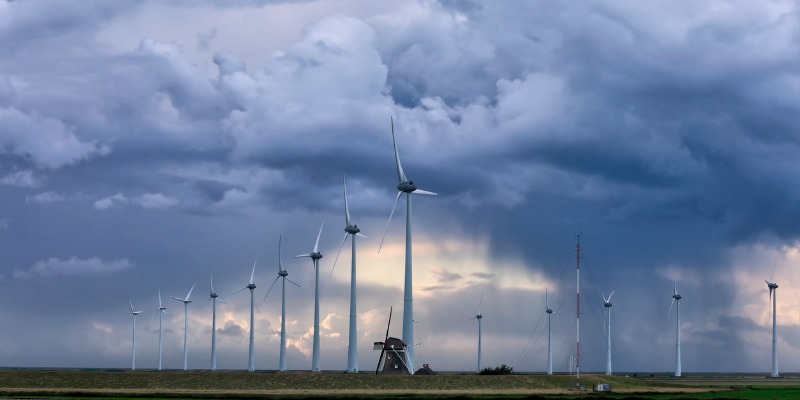Federal government betting billions on uncertain technological breakthroughs

In an effort to keep pace with the Biden administration, the Trudeau government has ramped up spending on greenhouse gas (GHG) control initiatives. According to a recent RBC explainer, over the next 10 years Canada will spend about $26 billion on “clean electricity,” $11 billion on “clean-technology manufacturing,” $18 billion on “clean hydrogen,” $16 billion on “clean technology adoption” and $15 billion on “carbon capture,” all in the form of refundable tax credits. That’s about $86 billion on GHG emission reduction.
I listed these initiatives in “scare quotes” because they are scary large numbers. And this is not just government picking and choosing particular technologies and energy sources; it’s government betting on breakthroughs in technology with highly uncertain economic and engineering feasibility.
With regard to clean electricity, Canada’s electricity generation is already largely clean, with (as of 2021) some 60 per cent generated via hydro power and another 14 per cent by nuclear power. Fossil fuels (gas, oil and coal) produced about 18 per cent of Canada’s electricity generation. Solar power generated only 0.82 per cent of Canada’s electricity, and wind another 5.6 per cent.
Therefore, to replace Canada’s fossil-fuel electricity generation with wind and solar power would require roughly tripling the actual production of wind and solar power (not simply the installed “capacity”)—and that’s without accounting for growth in electricity demand.
Simple logic dictates that if electricity prices in Canada are not to increase significantly, wind and solar power costs must rival coal, oil or natural gas. But they don’t. As a 2023 report by consulting firm Lazard observes, when accounting for the costs of needed backup power, wind and solar power remain significantly more expensive than the leading fossil fuel contender for electricity production, natural gas.
And the rates of cost-decline are slowing down, not speeding up. As physicist Mark Mills, a senior fellow at the Manhattan Institute, explained in 2019, “Solar technologies have improved greatly and will continue to become cheaper and more efficient. But the era of 10-fold gains is over.” As for wind power, the same is true. “Wind power technology has also improved greatly, but here, too, no 10-fold gains are left.” In other words, slow incremental cost reductions are the order of the day.
As for banking on “carbon capture” (where emissions are essentially captured and stored) or “clean hydrogen,” these technologies remain in their infancy. A report by the wonky-sounding Institute for Energy Economics and Financial Analysis shows that in the United States, most applicants planning to produce “green hydrogen” plan to do so from a feedstock of methane (natural gas) paired with carbon capture, also the most likely pathway forward for Canada. But experience at three large carbon capture pilot programs in the U.S. showed the technology has a long way to go, with demonstrated efficiencies of capture way below expectations. One of the pilot projects had a carbon capture rate of only 2/3 it’s projected capacity. Two other pilot projects showed similar underperformance, suggesting that as with wind and solar power, carbon capture remains an unreliable technology.
Policymakers in Ottawa should take heed—governments should not try to pick winners and losers in the economy, nor in science and technology development and deployment. And yet, the Trudeau government is gambling with $86 billion at a time when Canada’s economic growth prospects are the worst of any major industrialized country. This is no time for gambling.

